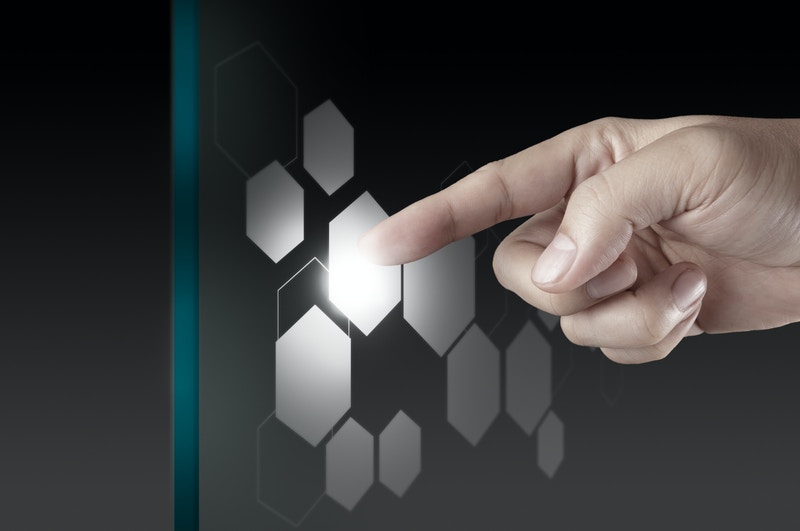What CT Scanning Offers Industry


As industrial CT scanning improves and evolves to meet the needs of industry, new possibilities for applications in everything from 3D metrology and reverse prototyping to 3D reverse engineering. 3D models comprising billions of voxels can now be scanned in just a few seconds, making this a non-intrusive and fast option that can be used across a variety of industries. This form of non destructive testing has its roots in the medical field where CT scanning has been used to scan the body since the 1970s.
Essentially, the CT scanner or computerized tomography scanner takes data from a number of x-ray images and creates images of them on a monitor using a computer. Where in the past this was done to animal and human bodies, it has now been adapted for use in industries as diverse as, for example, forensics, defense, the aerospace industry and the semiconductor industry.
One of the uses for industrial CT scanning is used to inspect products for faults. It can also be used to examine parts, to compare parts to each other and look for flaws and for failure analysis. This type of non destructive testing also allows you to see the part in operation and identify issues with its performance. The benefit is that a full analysis can be performed without the device needing to be disassembled. Size is also not a concern as CT scanners can be used to analyze as large as 660mm in diameter x 1m in length or as small as half a millimeter.
It also has cost-saving implications; some studies have found that it can reduce new product inspection and failure analysis costs by from a quarter to as much as 75% in comparison to other techniques. As the technology continues to evolve, it is clear that we will see its use extended into new fields.
